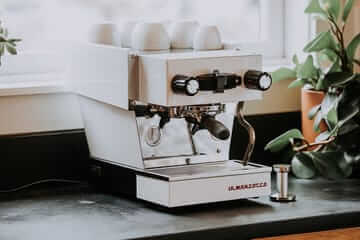Food & Drink
Delicious ideas and simple recipes for food and cocktails can make at home.
Food & Drink
Delicious ideas and simple recipes for food and cocktails can make at home.
-
![]()
Bar Cart vs.
Bar Cabinet -
![]()
The Coffee Mug
Identity Test -
![]()
Good/Better/Best:
Espresso Machines -
![]()
Good/Better/Best:
Pour-Over Sets -
![]()
Instant Noodles Have
Never Been Bigger -
![]()
Junk Food Can Be
Literally Addictive -
![]()
A Better Way
to Drink Beer -
![]()
How to Grill the
Manliest Cut of Meat -
![]()
Celebrity Gin Is
the New Move -
![]()
Third Wave
Cereal Is Here -
![]()
Negroni
Week -
![]()
There's No Wrong
Way to Spritz -
![]()
Anatomy of a Classic: Weber Kettle Grill
-
![]()
The Meat Sweats
Are Real -
![]()
Make Better
Salads -
![]()
The Gin & Tonic's
Storied History -
![]()
Your Thanksgiving
Wine Cheat Sheet
















